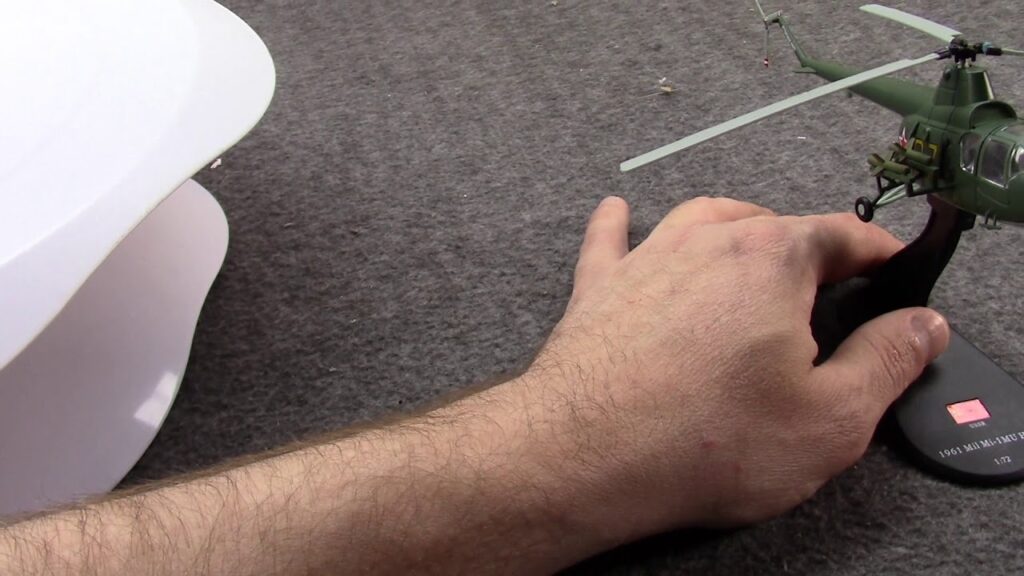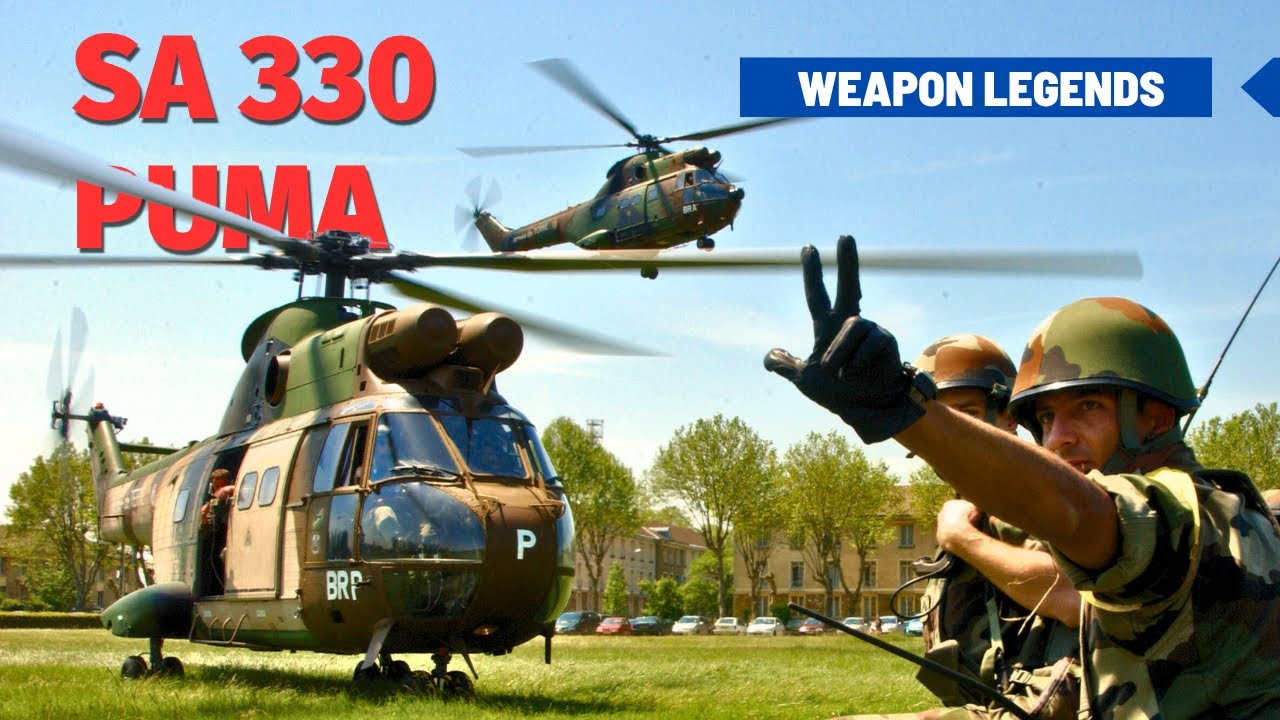Understanding the History and Design of the Mil Mi-2 Hoplite
The Mil Mi-2 Hoplite is a small, lightly armored helicopter that was produced by the Soviet Union. The design and development process began in the early 1960s, with the aim to replace the older Mi-1 model with a more powerful and efficient helicopter. The first prototype of the Mi-2 took flight in September 1961, marking a significant step forward in the history of Soviet aviation.
The History of the Mil Mi-2 Hoplite
In terms of its historical significance, the Mil Mi-2 Hoplite holds an important place in the Soviet Unions aviation industry. It was the first helicopter to be powered by turbine engines, which significantly increased its performance capabilities. The successful development and production of the Mi-2 made the Soviet Union one of the leading nations in helicopter technology during the Cold War era.
The production of the Mi-2 started in 1965 and continued until 1985. During this period, over 7,200 units were manufactured, making it one of the most produced helicopters in the world. The Mi-2 was used extensively by the military, police, and civilian operators for various roles including transport, ambulance, firefighting, and agricultural tasks.
The Design of the Mil Mi-2 Hoplite
The design of the Mil Mi-2 Hoplite is characterized by its compact size and powerful performance. It is equipped with two Isotov GTD-350 turbine engines, providing a maximum speed of 210 km/h and a range of 340 km. The helicopter can carry up to 8 passengers or a load of 700 kg.
The Mi-2s design also includes a number of safety features. It is fitted with a de-icing system and has the ability to operate in a wide range of weather conditions. The cockpit is equipped with modern avionics, providing the pilot with all the necessary information for safe and efficient flight.
Despite being out of production for over three decades, the Mil Mi-2 Hoplite remains in service in many countries around the world, testament to its robust design and versatile capabilities. Its history and design continue to fascinate aviation enthusiasts and professionals alike.
The Operational Role and Performance of the Mil Mi-2 Hoplite
The Mil Mi-2 Hoplite, a light utility helicopter, is a product of the Soviet Unions Mil Moscow Helicopter Plant. Designed in the early 1960s, this helicopter has been a valuable asset in various operational roles across several countries. Its performance, versatility, and reliability have made it a popular choice for both military and civilian applications.
Operational Roles of the Mil Mi-2 Hoplite
The Mil Mi-2 Hoplite has seen widespread use in several distinct roles. Its primary function was as a transport helicopter, capable of carrying up to eight passengers or four stretchers in the medevac variant. Moreover, it has also served in search and rescue missions, disaster relief operations, and agricultural tasks such as crop dusting. In military settings, the Mi-2 was often used for light assault, reconnaissance, and anti-tank warfare, with some variants equipped with machine guns, rocket pods, and anti-tank missiles.
Performance of the Mil Mi-2 Hoplite
The performance of the Mi-2 Hoplite is noteworthy, especially considering its age and size. Powered by two Isotov GTD-350 turboshaft engines, the helicopter can reach a maximum speed of 210 km/h and a service ceiling of 4,000 meters. The Mi-2s endurance and range, up to 2 hours and 45 minutes and 340 kilometers respectively, allow for extended operations. Its compact size and agility also enable it to operate in diverse environments, from urban areas to challenging terrains.
In summary, the Mil Mi-2 Hoplites wide range of operational roles and reliable performance have ensured its continued use decades after its initial production. It remains a testament to the enduring design and engineering prowess of the Mil Moscow Helicopter Plant.
Comparing the Mil Mi-2 Hoplite with Other Military Helicopters
The Mil Mi-2 Hoplite is a small, lightly armored transport helicopter that has been widely used in military and civil roles. As compared to other military helicopters, the Mi-2 Hoplite stands out for its robust design and versatility. It is powered by two Isotov GTD-350 turboshaft engines, providing a maximum speed of 210 km/h and a range of 340 km. These specifications put the Mi-2 Hoplite in line with helicopters like the Bell UH-1 Iroquois, often known as the “Huey.”
Performance and Capability
When compared to the Bell UH-1 Iroquois, the Mi-2 Hoplite provides a similar payload capacity but with a significantly smaller footprint. The Hoplite can carry up to 8 troops or 4 stretchers, compared to the UH-1s capacity of 14 troops or 6 stretchers. However, the smaller size of the Hoplite makes it more maneuverable in tight spaces, and its unique engine configuration provides superior performance in hot and high conditions.
Design and Features
Another notable comparison can be made with the Boeing AH-64 Apache. Unlike the heavily armed Apache, the Hoplite is primarily a transport helicopter but can be fitted with a variety of weapons for self-defense or light attack roles. The Mi-2s cockpit layout is also more straightforward than the Apaches complex array of avionics, making it easier to fly for pilots of all skill levels.
The Mil Mi-2 Hoplites robust design, versatile capabilities, and ease of use have ensured its continued popularity among military and civil operators worldwide, despite being in service since the 1960s. When compared to other military helicopters, the Hoplites performance, compact size, and adaptability make it a worthy contender in its class.
Notable Missions and Deployments of the Mil Mi-2 Hoplite
The Mil Mi-2 Hoplite, a small, lightly armored transport helicopter, has been deployed in various missions worldwide, contributing significantly to military and civil operations. This helicopter, designed by the Soviet Union and produced by Poland, has proven its robustness and reliability in diverse environments and scenarios.
One of the most notable deployments of the Mil Mi-2 Hoplite was during the Chadian-Libyan conflict in the 1980s. The Chadian military used the Mil Mi-2 in various capacities, demonstrating its versatility. The helicopters role was pivotal in several successful missions, and it even played a significant role in the Toyota War, where it was used for reconnaissance and light attack missions.
The Mil Mi-2 Hoplite in Civil Missions
Apart from military deployments, the Mil Mi-2 Hoplite has been extensively used in civil operations worldwide. Its light-weight design and maneuverability have made it a preferred choice for emergency services, including search and rescue missions. In countries like Poland and Russia, the Mi-2 has been used extensively in medical evacuation (medevac) missions, saving countless lives in the process.
The Mil Mi-2 Hoplite in the Iraq War
Another notable deployment of the Mil Mi-2 Hoplite was during the Iraq War. Despite being an older design, the Mi-2 proved its mettle in the harsh desert conditions of Iraq. The Iraqi Air Force used these helicopters for various roles, including transport, reconnaissance, and even combat missions. The Mil Mi-2 Hoplites performance in these missions underlined its durability and adaptability, reaffirming its status as a reliable workhorse.
Legacy and Influence of the Mil Mi-2 Hoplite in Modern Aviation
The Mil Mi-2 Hoplite holds a significant place in the annals of aviation history. Its design and operational efficiency have left an enduring legacy that continues to influence modern aviation. Manufactured by the Soviet Unions Mil Moscow Helicopter Plant, the Mil Mi-2 Hoplite was first flown in 1961 and is considered one of the most successful helicopter designs of its era.
One of the key legacies of the Mil Mi-2 Hoplite in modern aviation is its multi-purpose functionality. It was designed to serve various roles, including passenger transport, cargo transport, and military operations, which set a new standard for versatility in aviation. This multi-role design concept is now a staple in the design of modern aircraft, highlighting the influential role of the Mil Mi-2.
Influence on Helicopter Design
The influence of the Mil Mi-2 Hoplite on modern helicopter design cannot be understated. It was one of the first helicopters to feature a turbine engine, which increased its power, reliability, and lifespan compared to its piston-engined predecessors. This innovation has been carried forward into the design of modern helicopters, with turbine engines now considered standard in the industry.
Legacy in Military Operations
The Mil Mi-2 Hoplite also made a significant impact on military aviation. Its durability and adaptability made it a valuable asset in various military operations, setting the benchmark for the design of future military helicopters. Its use in medevac, combat, and reconnaissance roles has influenced the development of specialized military aircraft, reinforcing its legacy in modern aviation.



